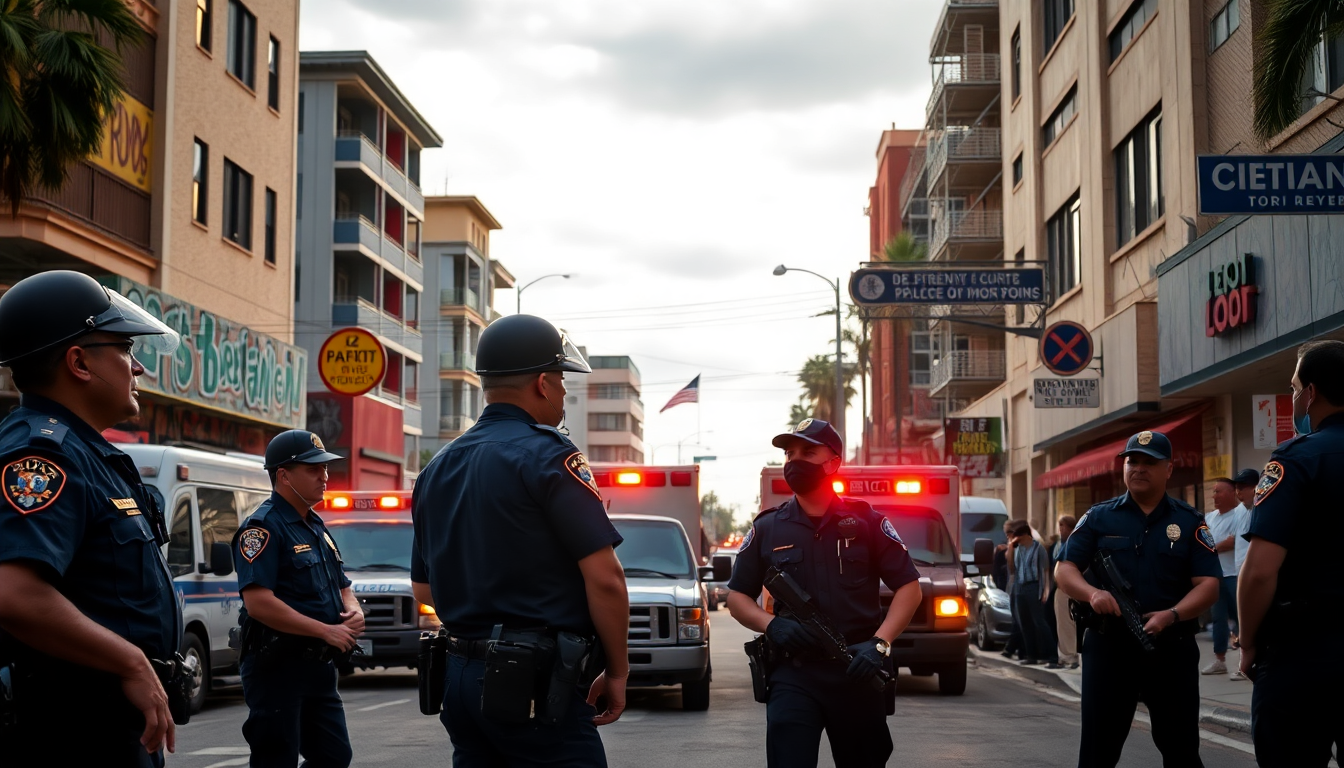Table of Contents
The landscape of immigration enforcement in the United States is more complicated than ever, especially with recent events unfolding in Los Angeles. As federal agencies ramp up operations and adopt a ‘zero tolerance’ approach to attacks against law enforcement, the public’s reaction has been anything but quiet. So, what does this mean for us? This article dives into the incidents surrounding these immigration raids, the implications of the federal government’s policy, and the wider societal consequences that follow.
Escalating Violence and Federal Response
Recent incidents have pushed immigration enforcement into the spotlight of national conversations. Take the shooting of a police officer in Alvarado, Texas, during an operation near a U.S. Immigration and Customs Enforcement (ICE) detention center. This shocking event underscores the dangers faced by those on the front lines of immigration enforcement. The officer, responding to a report about a suspicious individual, was shot in the neck—a stark reminder of the risks involved in these operations.
In the aftermath of this attack, the Trump administration reaffirmed its commitment to a zero tolerance policy regarding assaults on law enforcement officials. Deputy Attorney General Todd Blanche made it clear that the Department of Justice is ready to use the full force of the law against those who commit such acts. This comes amidst alarming statistics, showing that assaults on ICE officers have surged by nearly 700% compared to the previous year. Can you believe it? This dramatic spike reveals a serious escalation in hostilities that can’t be ignored.
The Broader Context of Immigration Enforcement
But what’s the bigger picture here? The backdrop to these violent incidents is a growing societal pushback against the federal government’s immigration policies. Protests have erupted in various cities, highlighting the deep divisions in public opinion regarding immigration enforcement. In Los Angeles, for example, demonstrators clashed with law enforcement as tensions flared during immigration raids. These events not only showcase opposition to federal policies but also highlight the complex dynamics between communities and law enforcement agencies.
Local leaders are beginning to raise their voices, expressing concerns about the implications of these clashes and calling for thoughtful dialogue and reform. The protests reflect a burgeoning movement against what many see as aggressive tactics employed by federal authorities. This sentiment is especially strong in urban areas, where immigrant communities often feel targeted and marginalized by enforcement actions. Isn’t it time we consider how these policies affect real people in our communities?
Looking Ahead: Implications for Law Enforcement and Communities
As the federal government sticks to its hardline stance on immigration enforcement, the potential for further violence and unrest looms large. Law enforcement agencies find themselves in a tight spot, caught between executing federal policies and managing increasingly tense community relations. Now, more than ever, effective communication and community engagement are crucial.
So, what can we do moving forward? It’s vital for local leaders and law enforcement to collaborate on solutions that address both public safety and community concerns. This means finding ways to build trust and understanding between immigrant communities and law enforcement, potentially breaking the cycle of violence that has emerged. The current climate calls for a nuanced approach that balances enforcement with empathy, recognizing the human element in immigration policies. After all, how can we create a safer society if we don’t acknowledge the people at the heart of these issues?


